Joseph Thompson, Zachary Fredin and Richard Berkey of the Pavlis Honors College will receive $60,000 in undergraduate student project funding from the Systems Engineering Research Center (SERC). SERC is a University Affiliated Research Center of the Department of Defense that collaborates with 22 universities across the United States to leverage the expertise of senior lead researchers. SERC represents a broad community of systems engineering researchers whose depth of knowledge spans a wide range of diverse interests and industries.
The initial 12 projects, funded through SERC, will provide students in biomedical engineering, electrical engineering and five different Enterprises with valuable hands-on experience serving Naval Systems Warfare, Army, Air Force Special Operations, Air Force Research Laboratory, Marine Corps Special Operations Command, United States Coast Guard and United States Special Operations Forces.
Inaugural project work will take place throughout the 2018-19 academic year.
By the Pavlis Honors College.

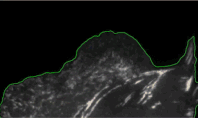




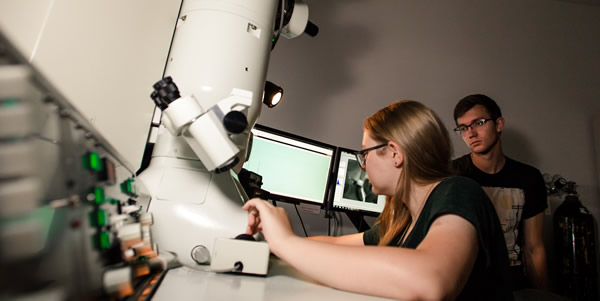

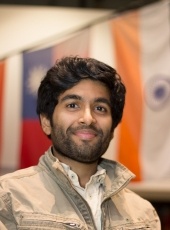




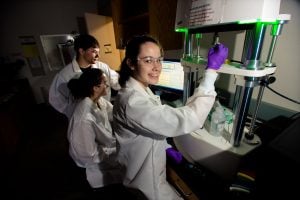
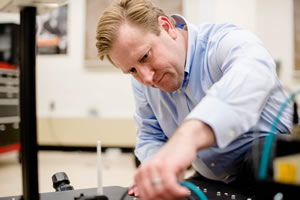 The Vice President for Research Office announced the 2018 Research Excellence Fund (REF) awards and thanked the volunteer review committees, as well as the deans and department chairs, for their time spent on this important internal research award process. The awardees in the College of Engineering are listed below:
The Vice President for Research Office announced the 2018 Research Excellence Fund (REF) awards and thanked the volunteer review committees, as well as the deans and department chairs, for their time spent on this important internal research award process. The awardees in the College of Engineering are listed below:
